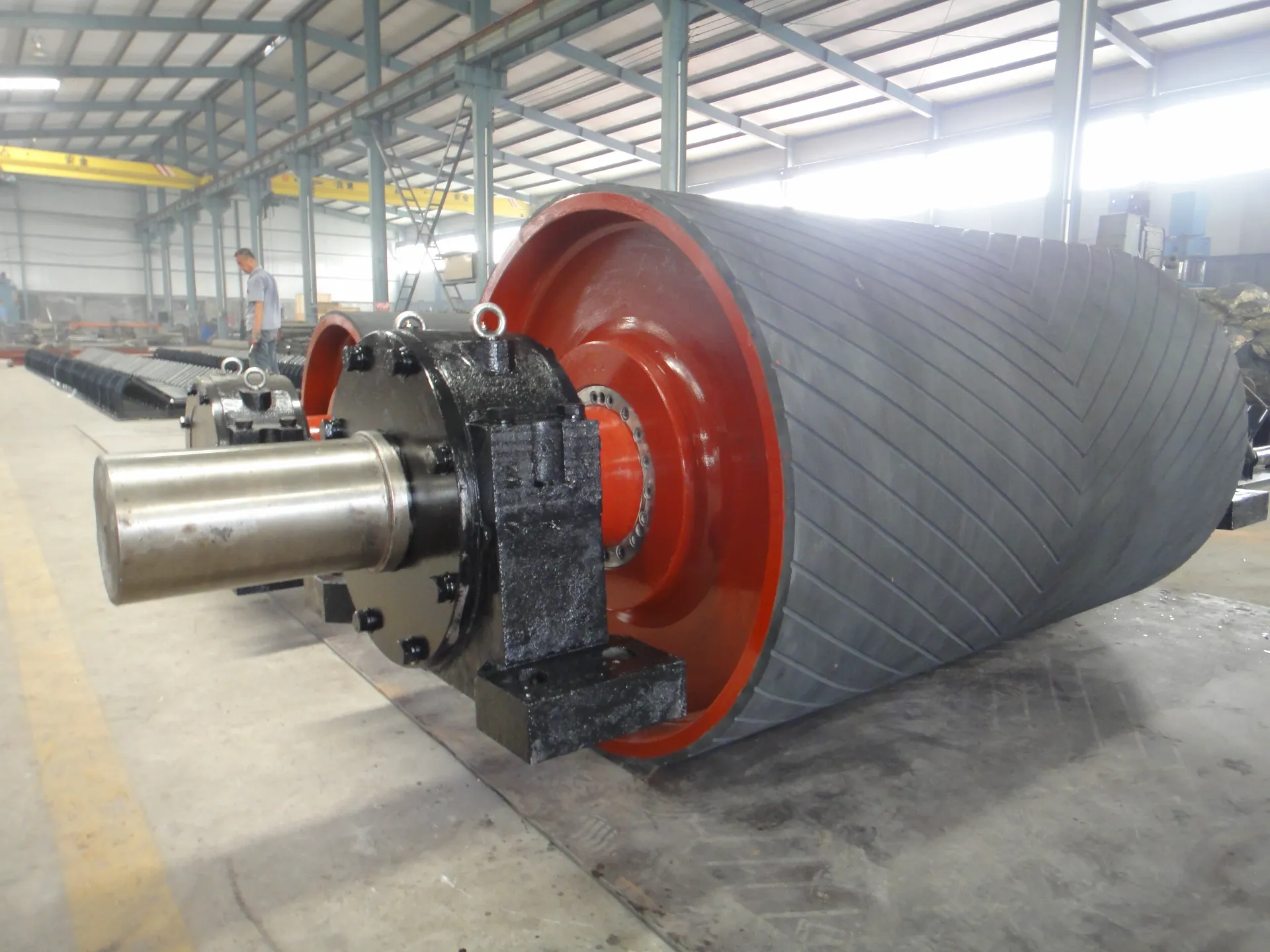 Afrikaans
Afrikaans  Albanian
Albanian  Amharic
Amharic  Arabic
Arabic  Armenian
Armenian  Azerbaijani
Azerbaijani  Basque
Basque  Belarusian
Belarusian  Bengali
Bengali  Bosnian
Bosnian  Bulgarian
Bulgarian  Catalan
Catalan  Cebuano
Cebuano  Corsican
Corsican  Croatian
Croatian  Czech
Czech  Danish
Danish  Dutch
Dutch  English
English  Esperanto
Esperanto  Estonian
Estonian  Finnish
Finnish  French
French  Frisian
Frisian  Galician
Galician  Georgian
Georgian  German
German  Greek
Greek  Gujarati
Gujarati  Haitian Creole
Haitian Creole  hausa
hausa  hawaiian
hawaiian  Hebrew
Hebrew  Hindi
Hindi  Miao
Miao  Hungarian
Hungarian  Icelandic
Icelandic  igbo
igbo  Indonesian
Indonesian  irish
irish  Italian
Italian  Japanese
Japanese  Javanese
Javanese  Kannada
Kannada  kazakh
kazakh  Khmer
Khmer  Rwandese
Rwandese  Korean
Korean  Kurdish
Kurdish  Kyrgyz
Kyrgyz  Lao
Lao  Latin
Latin  Latvian
Latvian  Lithuanian
Lithuanian  Luxembourgish
Luxembourgish  Macedonian
Macedonian  Malgashi
Malgashi  Malay
Malay  Malayalam
Malayalam  Maltese
Maltese  Maori
Maori  Marathi
Marathi  Mongolian
Mongolian  Myanmar
Myanmar  Nepali
Nepali  Norwegian
Norwegian  Norwegian
Norwegian  Occitan
Occitan  Pashto
Pashto  Persian
Persian  Polish
Polish  Portuguese
Portuguese  Punjabi
Punjabi  Romanian
Romanian  Russian
Russian  Samoan
Samoan  Scottish Gaelic
Scottish Gaelic  Serbian
Serbian  Sesotho
Sesotho  Shona
Shona  Sindhi
Sindhi  Sinhala
Sinhala  Slovak
Slovak  Slovenian
Slovenian  Somali
Somali  Spanish
Spanish  Sundanese
Sundanese  Swahili
Swahili  Swedish
Swedish  Tagalog
Tagalog  Tajik
Tajik  Tamil
Tamil  Tatar
Tatar  Telugu
Telugu  Thai
Thai  Turkish
Turkish  Turkmen
Turkmen  Ukrainian
Ukrainian  Urdu
Urdu  Uighur
Uighur  Uzbek
Uzbek  Vietnamese
Vietnamese  Welsh
Welsh  Bantu
Bantu  Yiddish
Yiddish  Yoruba
Yoruba  Zulu
Zulu self cleaning tail pulley
The Evolution and Importance of Self-Cleaning Tail Pulleys in Conveyor Systems
In the realm of material handling systems, conveyor belts play a crucial role in the efficiency and productivity of various industries, including mining, construction, and manufacturing. One key component of these systems is the tail pulley. Traditionally, tail pulleys have been susceptible to various operational challenges, particularly the accumulation of materials, which can lead to inefficiencies and increased maintenance costs. However, advancements in technology have led to the development of self-cleaning tail pulleys, offering significant benefits to conveyor system operations.
Understanding Tail Pulleys and Their Challenges
A tail pulley is positioned at the discharge end of a conveyor belt and is responsible for maintaining belt tension while facilitating the unloading of materials. Over time, material buildup—such as rocks, dirt, and other debris—can occur around the tail pulley. This buildup not only affects the performance of the conveyor system but also poses safety risks, as it can lead to belt misalignment and potential failures. Manual cleaning of tail pulleys can be labor-intensive, time-consuming, and even hazardous, especially in rugged environments.
The Innovation Self-Cleaning Tail Pulleys
Self-cleaning tail pulleys represent a transformative approach to addressing these challenges. Designed with specific features that promote the automatic shedding of accumulated materials, these pulleys enhance operational efficiency. The innovation is generally characterized by a unique surface design, often using raised elements or specific geometries that facilitate the sliding off of materials when the pulley rotates. This function significantly reduces the likelihood of blockages and material buildup.
In addition to effective cleaning, self-cleaning tail pulleys are designed to promote extended service life for conveyor belts. By minimizing the conditions that lead to wear and tear from built-up debris and misalignment, these pulleys can help to reduce overall operational costs. Moreover, they enhance safety by decreasing the need for manual cleaning procedures that place personnel at risk.
self cleaning tail pulley

Advantages of Implementing Self-Cleaning Tail Pulleys
1. Reduced Maintenance Costs With the self-cleaning mechanism in place, operational downtime for cleaning maintenance is significantly reduced. Companies can allocate resources to more critical tasks rather than focusing on manual cleaning operations. 2. Increased Operational Efficiency Efficient material handling leads to improved throughput. By preventing blockages and ensuring smooth operation, self-cleaning tail pulleys contribute to the overall efficiency of the conveyor system.
3. Enhanced Safety By minimizing the need for workers to engage in potentially dangerous cleaning tasks, these pulleys promote a safer working environment. Additionally, reduced material buildup lowers the risk of accidents associated with machinery malfunction.
4. Versatility Across Environments Self-cleaning tail pulleys are suitable for various industries and can work effectively in challenging environments, including those with high dust, moisture, and heavy material loads. Their design allows them to function in a wide range of operational scenarios without compromising performance.
Conclusion
The advent of self-cleaning tail pulleys marks an important evolution in conveyor system technology. By addressing the critical issues of material accumulation and maintenance, these pulleys not only enhance productivity but also ensure a safer working environment. As industries continue to demand more efficient and reliable equipment, self-cleaning tail pulleys are becoming an essential component in modern conveyor systems, reflecting a commitment to innovation and operational excellence. As we move forward, it will be exciting to see how such technologies continue to evolve and shape the future of material handling.
-
Revolutionizing Conveyor Reliability with Advanced Rubber Lagging PulleysNewsJul.22,2025
-
Powering Precision and Durability with Expert Manufacturers of Conveyor ComponentsNewsJul.22,2025
-
Optimizing Conveyor Systems with Advanced Conveyor AccessoriesNewsJul.22,2025
-
Maximize Conveyor Efficiency with Quality Conveyor Idler PulleysNewsJul.22,2025
-
Future-Proof Your Conveyor System with High-Performance Polyurethane RollerNewsJul.22,2025
-
Driving Efficiency Forward with Quality Idlers and RollersNewsJul.22,2025





























